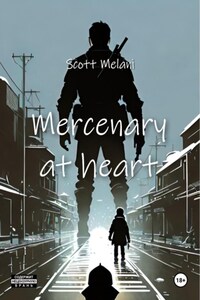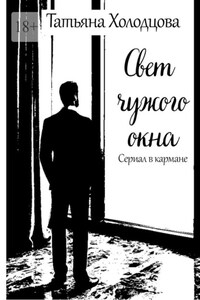This book is meant to be the beginning of my new universe. In it, you will get to know the interesting fate of a character who, despite the contradictions and misunderstandings in his family, chose his own path and decided to make his old dream come true. While overcoming his path, he will find new friends, love and find happiness.
But his story won't end with this book, as this interesting and exciting story awaits us.
The story in this book is just one of thousands, tens, hundreds of thousands that are countless in my universe. Over time, you'll learn some of them. Some will consist of several parts. Some from one. But they will all have one thing in common: a new universe that lives by its own laws and rules.
A little about the universe
Forget about the familiar existence and structure of the modern cosmic universe. Forget that the Earth is round, that there are other planets. Imagine that our whole world is a flat map with settlements located at a certain distance from each other.
This world has nothing to do with our past, our present, or our future. Despite the fact that it contains technologies, languages, and resources that are familiar to us. Imagine a world without states, flags or nationalities. There are only cities and villages that differ in population, technology and resources. The same language is used everywhere – English. Cities and villages fall into eight categories:
1) Cities with diamond status. There are 5 of them in total. Each of them has a population of more than 50 million people. They have the highest level of development and technology.
2) Platinum cities. There are only 20 of them. Each of them has a population of 25 to 50 million people. The level of development and technology is very high, but slightly lower than that of cities with diamond status.
3) Cities with gold status. Their number is one hundred. The population in such cities varies from 10 million people to 25 million. The level of development and technology is high.
4) Cities with silver status. There are about 500 of them. They have a population of 1 million to 10 million people. The level of development of technologies and resources is average.
5) Cities with bronze status. They are also called “transport hubs” because they are most often used by routes connecting large cities. Most residents of these cities service trucks and cars and provide overnight accommodation for drivers and passengers. There are about 2,500 of them on the map. The population ranges from 100,000 to 1 million people. The level of development and resources is low.





